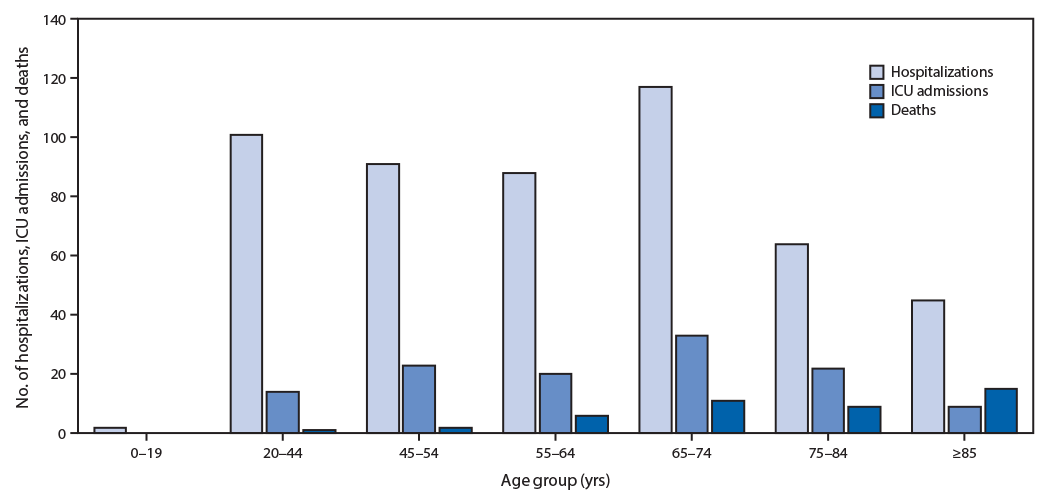COVID-19 Data Update: Checking Our Assumptions
/What we know now versus what we knew then.
On February 9th, 2020 – I made a video talking about how epidemiologists think of infectious disease. My goal was to put some intuition behind the numbers we’d all been hearing.
At that time, there were 40,150 documented cases of COVID-19 worldwide. There were 11 cases in the US.
It’s been about 6 weeks, and the world is nearly unrecognizable.
When I made that video, the problem felt abstract. Here was an educational opportunity, not a threat to our very way of life.
I tried to place the novel coronavirus amid other infectious diseases, using epidemiologic calculations.
I went on to talk about how that 2% case-fatality rate is probably wrong, since we’re not testing enough people. As we test people who are less symptomatic, it won’t look as bleak.
Also, as we get better at social distancing, that “contagiouness” the R0 number, would go down, limiting spread.
I have been watching for these trends over the past month and a half. Where are we?
I used the same data the Hopkins team use for their incredible COVID-19 tracker to get these case-fatality rates over time.
Worldwide death rate over time. The hope is that, as testing increases, we see the death rate fall (by capturing more asymptomatic and minimally symptomatic cases). As of this writing (3/19/2020) - we haven’t seen that.
That’s… not what I wanted to see. As testing increased, I was confident we’d see this number fall more. I still hold on to that hope – these numbers will lag testing increases, but I need to admit that I’m very concerned that it hasn’t fallen… at all. South Korea, paragon of testing and reporting in this worldwide crisis has a case-fatality rate as of this reporting of just over 1%. The US is at 1.3%. If that number holds steady – we really may see over a million deaths in this country.
What about the R0- originally thought to be around 2.5. Or, in other words, the average infected person would spread the virus to 2.5 other people, leading to exponential growth. Social distancing, limiting contacts, was our major intervention to REDUCE the R0. How is that going?
US infections. Note this is log-transformed on the y-axis.
We don’t know yet. This log-scale graph of infections in the US keeps going straight up. But again, there is a lag between infection and symptoms, so maybe we’ll start to bend this curve soon.
We’ve also learned that we got some things wrong in those halcyon days of early February.
Based on data from China, we assumed the virus was relatively benign in young people without comorbidities. This may not be true.
CDC data suggests this disease is not benign in young people.
CDC data from last week shows around a 20% hospitalization rate for people I’d consider “young” in that 20-44 year old age group. Case fatality rate is still low there at 0.1-0.2% which is encouraging, but clearly this is not just a bad cold for these kids.
Data from https://jamanetwork.com/journals/jama/fullarticle/2763485
We also thought that fever was a central symptom in COVID-19, and focused (and continue to focus) testing on those with demonstrable fever. Yet case series and cohort studies are showing that an elevated temperature is not the rule in this disease.
And while most severe cases do develop pulmonary disease – many do not present with respiratory symptoms.
Data is coming fast and furious and we need to be able to adapt our conceptions about this disease quickly. For example, the use of fever to triage available testing may not be the best choice. Respiratory symptoms are not the sina qua non we think they are, at least initially. We need to have the flexibility to try new therapies, and abandon them when we find they are ineffective.
And of course, we need to protect our healthcare workers. Because vents only work when you have someone to run them.
I’ll check in with you as more data comes out and we revise these critical numbers further.
This commentary first appeared on medscape.com.




